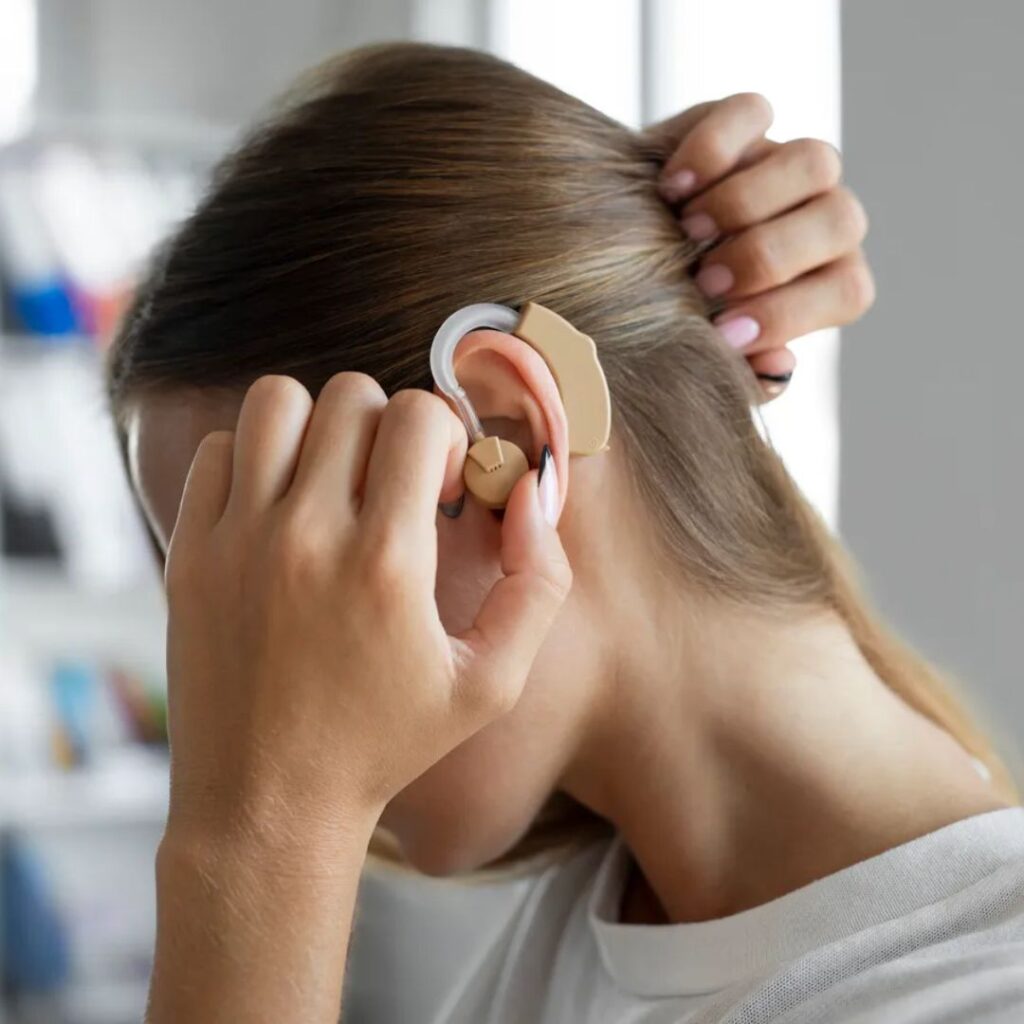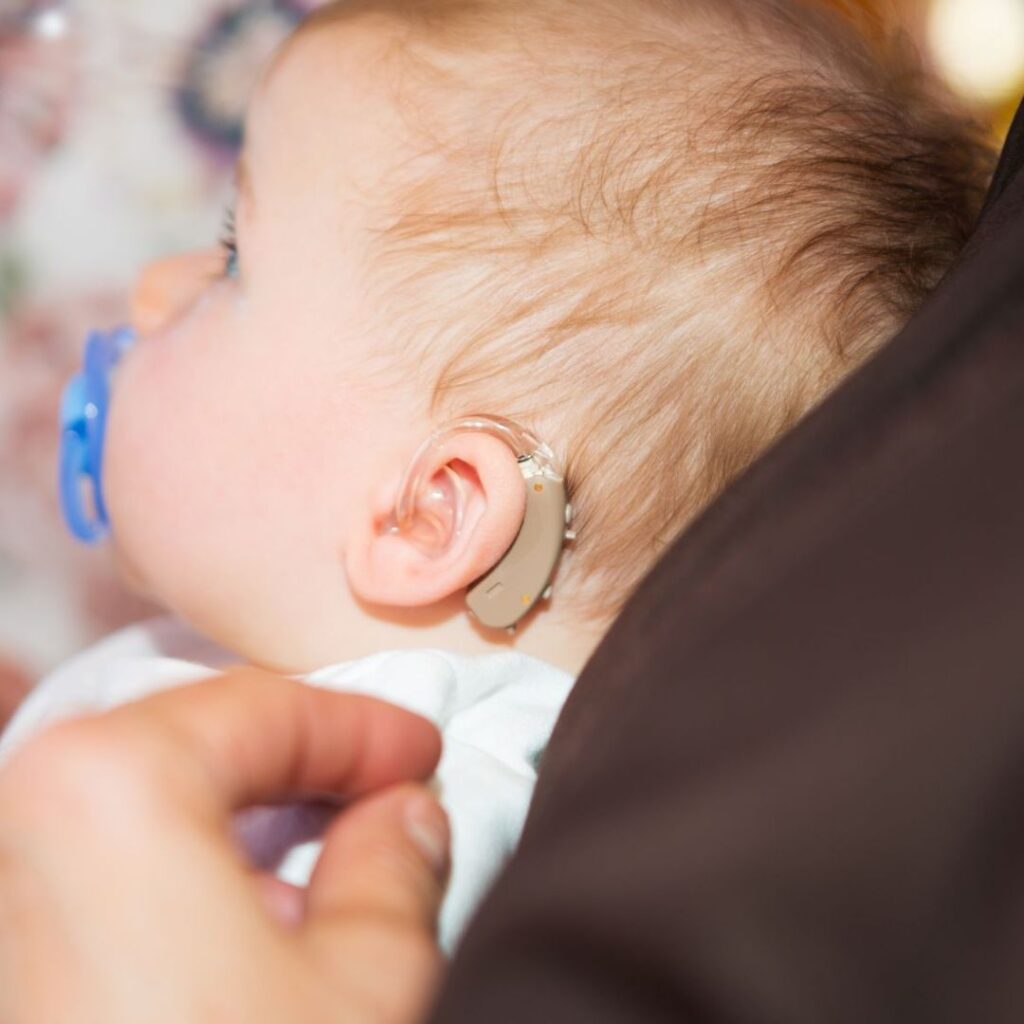

Introduction
Hearing aids are small electronic devices designed to help individuals with hearing loss by amplifying sounds and improving their ability to hear and communicate. They are used by people who have difficulty hearing speech and other sounds in their environment, often due to aging, genetics, noise exposure, or other factors that affect the hearing ability. Hearing aids can be life-changing for those with hearing impairments, enabling them to lead more active and connected lives.

Hearing Aid
A hearing aid is a small electronic device designed to amplify sound for individuals with hearing loss. They work by capturing sounds from the environment, amplifying them, and delivering the enhanced sound into the ear. Modern hearing aids come in various styles, sizes, and technological capabilities to meet different needs.
Types of Hearing Aids
Behind-the-Ear (BTE): This style sits behind the ear and is connected to a custom mold or earbud that fits inside the ear canal. BTEs are versatile and suitable for all levels of hearing loss.
- Larger size, but offers the most power and features, including rechargeable batteries.
In-the-Ear (ITE): This type fills the outer ear and is typically more discreet than BTEs. They are ideal for mild to severe hearing loss.
- Available for mild to severe hearing loss.

Comprehensive Follow-Up Care
One of the main components of the services offered by hearing care specialists is thorough follow-up care. These experts provide continuing support and monitoring to make sure your devices continue to suit your changing needs after the first fitting of your hearing aids. They can evaluate any changes in your hearing health and make the necessary adjustments to maximize the functionality of your hearing aids with routine check-ups. In addition, they address any worries or problems that might come up and offer advice on appropriate maintenance and troubleshooting. Because of their mutual trust, skill, and dedication to maintaining and improving your hearing health, this individualized approach helps you and your hearing care provider develop a lasting connection.

Maintaining Your Hearing Aid
- Clean regularly: Use a soft cloth to clean the outer part of the device. Remove earwax buildup from the ear mold or receiver. Earwax buildup can block the sound, so use the brush or a wax removal tool to clear out any wax from the hearing aid.
- Store properly: Keep your hearing aid in a dry place when not in use, preferably in a case to prevent damage.
- Replace batteries: If your hearing aid runs on batteries, remember to replace them regularly.
Conclusion
Hearing aids are powerful tools that allow individuals with hearing loss to reclaim their ability to engage with the world around them. Whether you are considering hearing aids for yourself or a loved one, understanding how they work, the different options available, and the benefits they provide can guide you toward making an informed choice. With the right device and proper care, hearing aids can significantly enhance the quality of life.